Protecting Your Workplace Health
Beyond completing tasks and keeping deadlines, maintaining a healthy and effective workplace involves many other factors. It also entails being aware of the ways in which germs propagate inside your workplace and taking preventative measures to lessen this spread. Understanding the several ways that germs can spread will help you put into practice practical solutions for maintaining a clean, safe, and germ-free office setting. This blog will examine the methods through which germs spread in the office and offer helpful advice for safeguarding your workplace health.
Direct touch
Direct touch with a sick individual can help transfer germs quickly. Pathogens can be passed on through handshakes, hugs, or even everyday actions like passing over documents. By making hand sanitizers easily accessible to staff and encouraging frequent handwashing with soap and water for at least 20 seconds, you can promote good hand hygiene.
Respiratory Droplets
Talking, sneezing, and even coughing can cause respiratory droplets to be released into the air that contain germs. By being inhaled by those close, these droplets have the potential to spread respiratory diseases. Encourage staff members to cover their mouth and nose with a tissue or their elbow when coughing or sneezing in order to promote respiratory etiquette. The distribution of respiratory droplets can be further reduced by disposing of tissues properly and avoiding touching the face.
Surfaces that Have Been Contaminated
In the office, surfaces that Have Been Contaminated include desks, phones, keyboards, and doorknobs. The germs that an infected individual transfers to these surfaces can be picked up by others and transferred to their mouth, nose, or eyes. Set up a consistent cleaning and disinfection schedule for high-touch locations, and give employees disinfectant wipes to sanitize their individual workspaces on a frequent basis. To enable thorough cleaning, remind staff to keep their workspaces and personal items tidy and uncluttered.
Airborne Transmission
In some circumstances, airborne transmission of germs may take place, especially in crowded or inadequately ventilated office environments. Tiny particles carried in the air can spread airborne diseases like measles and TB. Open windows, use air purifiers, and keep the HVAC system in good working order to improve ventilation in the office. A good airflow reduces the danger of transmission by dilution and removal of airborne pollutants.
Food and Drinks
Sharing food and drinks increases the risk of spreading germs. The transmission of disease can occur if an affected person prepares or touches food because they can contaminate it. Encourage employees not to share food or drinks, and give instructions on how to handle food safely at work. Remind staff members to properly keep their food in order to avoid cross-contamination and to wash their hands before and after using the restroom.
In conclusion, protecting workplace health and wellbeing requires an understanding of how germs propagate in the office. You can make a place cleaner and safer for everyone by putting effective measures in place to stop the spread of germs. Encourage good respiratory hygiene, set regular cleaning and disinfection schedules, improve ventilation, and instruct staff on safe food handling procedures. By putting workplace health first, you not only safeguard your workers but also promote a fruitful and vibrant company. By working together, we can create a germ-free workplace and reduce their negative effects on our professional lives.


